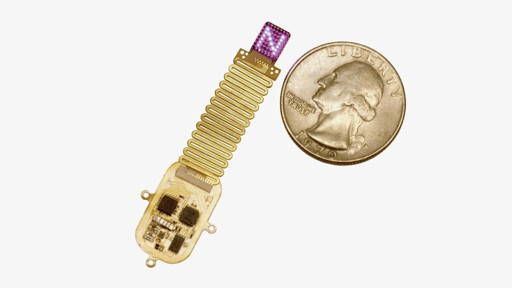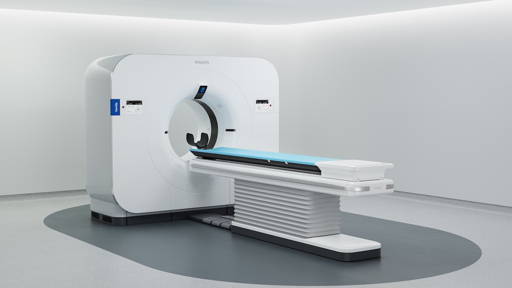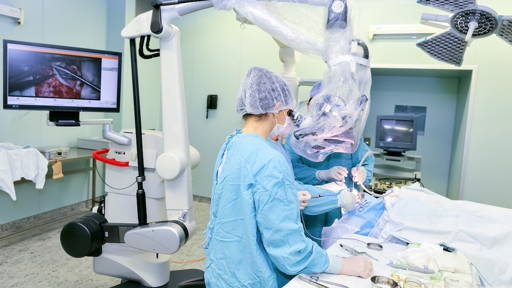In a Dutch first, Maastro has treated the first patient with breast cancer on the left breast with a combination of proton therapy and breath-hold control (breath-hold technique). This advanced approach marks a breakthrough in personalized radiotherapy, with patient safety and technological innovation at its core.
The breath-hold technique uses controlled breath-hold during radiotherapy. This temporarily shifts the heart to a position further from the radiation field, reducing radiation exposure. This contributes to a significantly lower risk of cardiotoxicity, including long-term heart failure or infarction.
Innovative treatment combination
Proton therapy is already known for its high precision: it allows clinicians to target tumor tissue with minimal damage to surrounding healthy tissue. Now combining this approach with breath control further optimizes cardiac protection in left-sided breast cancer treatment. The technique grew out of previous successful applications in lymphoma cancer and underscores Maastro's role as a pioneer in the development of high-quality radiotherapy.
"We are proud to be the first in the Netherlands to offer this technique to breast cancer patients. It is a wonderful example of patient-centered innovation and customized care. Through clever use of technology and careful selection, we ensure that we give the best possible treatment to those who really benefit from it," said Prof. Dr. Maria Jacobs, CEO of Maastro.
Technology as ally
What makes this form of treatment extra special is the use of assistive technology. Through an oxygen tube, patients receive enriched air, which helps them to hold their breath comfortably for longer. Surface tracking is also used: continuous monitoring of the skin surface that monitors breathing position in real time.
An innovative additional tool is special glasses with visual feedback - a “virtual breathing coach” - that allow patients to self-monitor whether they are within the desired breathing window. As soon as breathing deviates, irradiation is automatically interrupted and resumed once the level is right again.
Selection based on data and risk profile
Not every patient is eligible for this intensive treatment. Maastro developed, based on five years of clinical research, a data-driven selection tool that accurately determines who will benefit from the technique. The treatment is primarily intended for women under the age of 50 with left-sided breast cancer, cardiovascular risk factors (such as high BMI or diabetes), and a radiation indication toward the breastbone. Five to 10 patients annually are expected to benefit optimally from this tailored approach.
"Thanks to our extensive experience and data, we can now predict exactly in which women this treatment will actually provide health benefits. The first patient has come through the treatment excellently. This gives us every confidence to deploy this technique further," says Prof. Dr. Liesbeth Boersma, radiotherapist-oncologist.
With this innovative application, Maastro strengthens its position as a national center of expertise in proton therapy and precision oncological care. The project illustrates how digital technology and clinical expertise can go hand in hand in improving patient outcomes and reducing side effects.
Maastro innovations
For years, Maastro has been pioneering innovations to improve the treatment of various types of cancer. At the end of last year, for example, an in-house, innovative applicator for the internal radiation treatment of rectal cancer (rectal carcinoma) was developed together with Varian Medical Systems. The Maastro Rectal Applicator makes it possible to treat tumors up to 2.5 centimeters precisely with a high dose of radiation, sparing surrounding healthy tissue and reducing the risk of side effects.
Last year, Maastro launched the PRECISION study. This examines the effectiveness of precision radiation therapy in epilepsy, targeting patients with medication-resistant focal epilepsy who cannot undergo brain surgery. Hopeful international results show that precision radiotherapy leads to a significant decrease in seizures, with some patients even becoming seizure-free. Maastro is conducting this research in collaboration with Maastricht UMC+, Amsterdam UMC, UMC Utrecht and the epilepsy centers Kempenhaeghe and SEIN.







